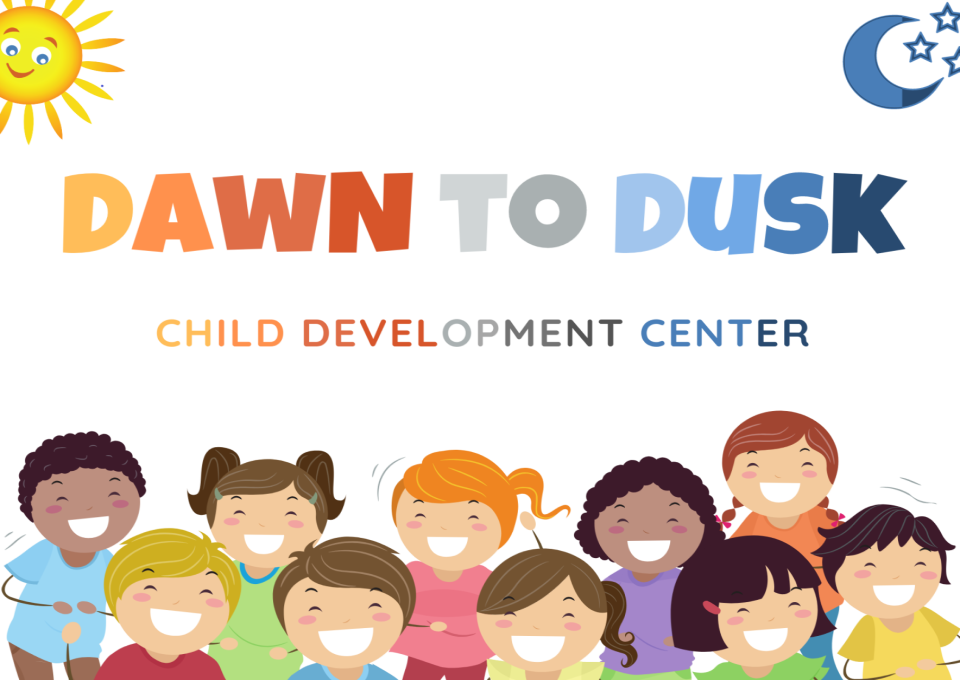Welcome to Our Pre-K Program Introduction!
Dawn to Dusk Child Development Center offers an accredited Pre-K Enhancement and Expansion Program (PKeep) that has the same standards as DCPS. We are committed to providing a comprehensive program that focuses on the growth and development of the whole child.
Our new school year program includes STEAM learning, Computers and Technology, Social-Emotional Health, Language Arts, Foreign Language, American Sign Language (ASL), and Fitness and Health.
Our Pre-K classrooms offer learning spaces to accommodate large and small groups, individual work, and play. Children have the freedom to engage in the activities and centers that interest them most including dramatic play, blocks, math and science, art, sensory play, and writing.
Individual and group activities are designed to provide enrichment in all areas of development and are based on the teacher’s specific observations of each child’s interests, skills, and current developmental level.
Our Pre-K lead and assistant teachers hold credentials, with coursework emphasis in Early Childhood Education.
Lifelong learning is essential to maintaining our program, and teachers are required to continue their education through regular training to ensure program quality and standards are met.
Student assessments will be completed within the first 45 days of school. Teachers will create individual profiles, learning plans, and goals for each child. Progress assessments will be completed three times a year.
Teachers will create reports to share with parents showing their child’s progress in the program. Needs and milestones can be changed to help ensure individual children achieve their goals.
Dawn to Dusk Child Development uses the Creative Curriculum as the framework for all learning activities. The Creative Curriculum has been aligned with Common Core Standards that prepare our Pre-K students for kindergarten and sets-up the path for future learning.
Lesson plans will be available for parents to see what their children are doing each week. Teaching Strategies Gold will be used to give parents updates that can be viewed on any smartphone, tablet, or computer. These reports will be private and will require a unique username/password combination for access.
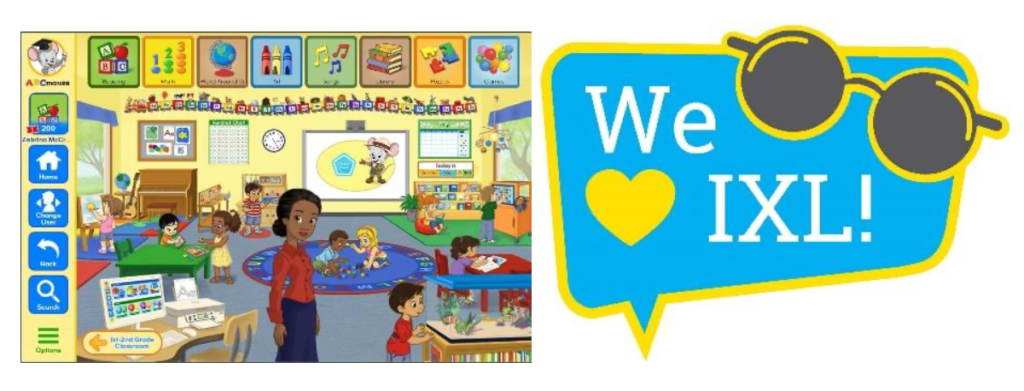
Computers and Technology
Our Pre-K Computer Lab utilizes technology to reinforce skills learned in the classroom. Each week, students will spend at least 30 minutes in the computer lab using computer applications that assist with learning math, language arts, Music, and Art.
Students will begin their journey in ABCmouse. As they progress, they will move to IXL. IXL will allow teachers to customize the learning path and track the progress of each student in Math and Language Arts.
IXL is aligned with DC Common Core standards and will help children master the skills needed for kindergarten. These skills include:
Math
Language Arts
Writing
Students will learn the purpose of writing, they will use emergent writing skills to make letters and words, and they will use letters to represent an entire work; using letter strings to represent phrases and sentences.
Social-Emotional
Our Pre-K curriculum places a strong emphasis on social-emotional and self-regulation skills, so children can be better prepared for kindergarten.
Through our partnership with the DC Department of Behavioral Health (DBH), Dawn to Dusk Child Development supports the social-emotional growth of our Pre-K students and provides evaluations, referrals, and services for our students as needed.
Our DBH representative provides assistance in the classroom each week and offers suggestions for helping individual students meet social-emotional development goals.
Our Pre-K staff members and partners help children learn how to:
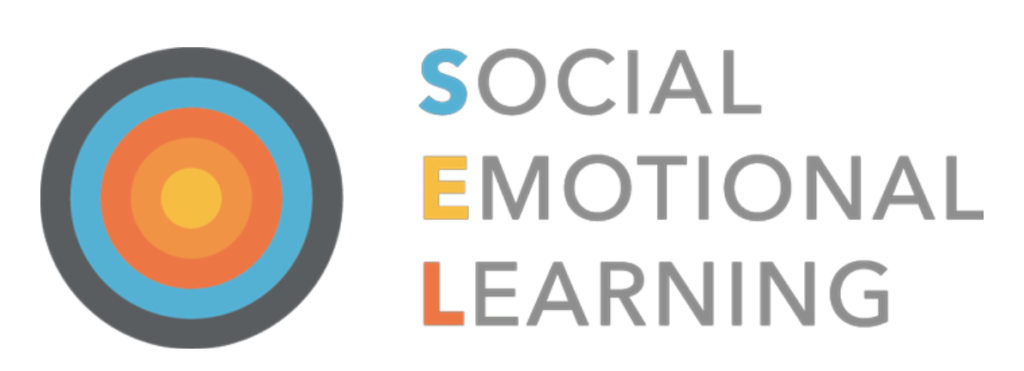
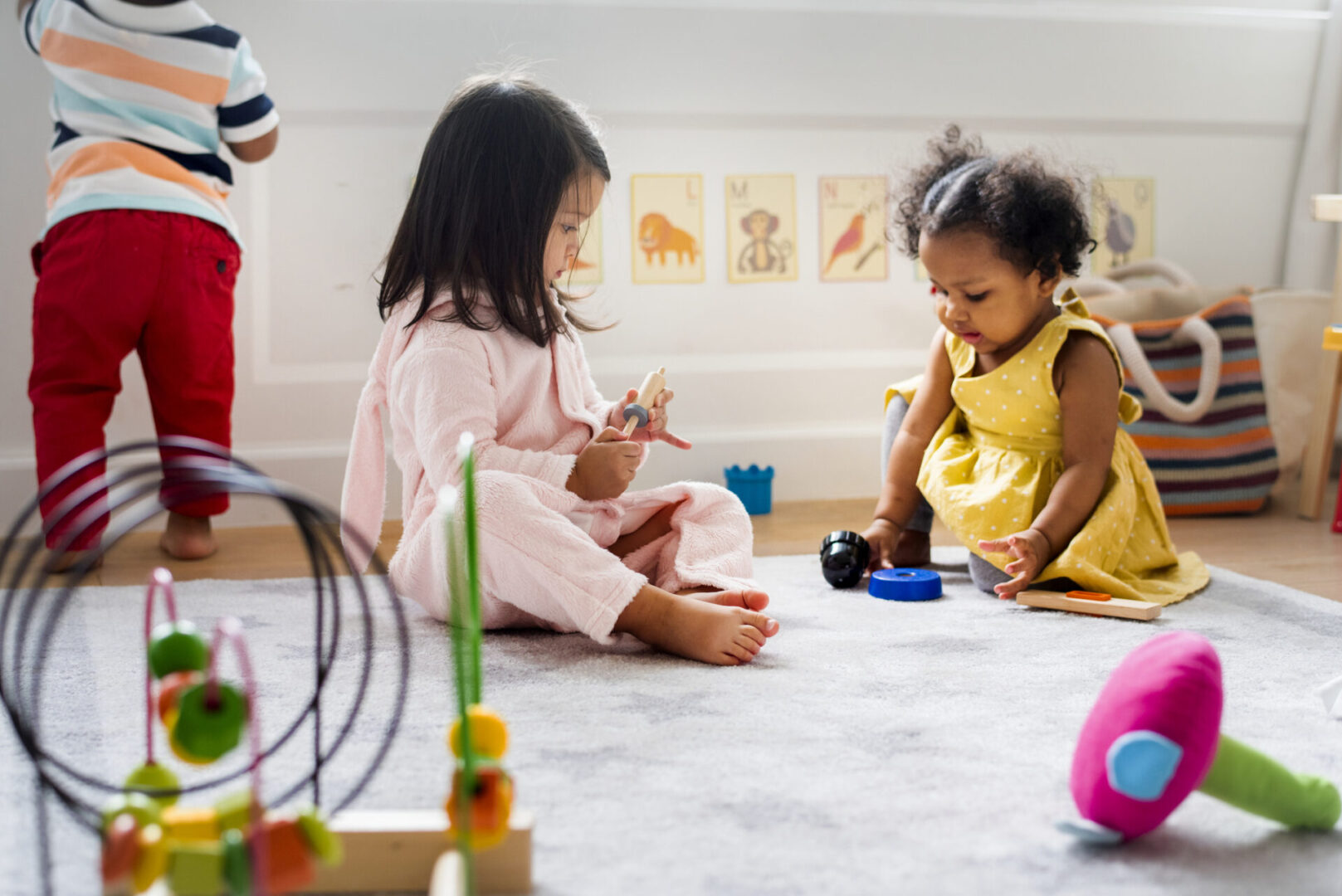
Social-Emotional
Our Pre-K curriculum places a strong emphasis on social-emotional and self-regulation skills, so children can be better prepared for kindergarten.
Through our partnership with the DC Department of Behavioral Health (DBH), Dawn to Dusk Child Development supports the social-emotional growth of our Pre-K students and provides evaluations, referrals, and services for our students as needed.
Our DBH representative provides assistance in the classroom each week and offers suggestions for helping individual students meet social-emotional development goals.
Our Pre-K staff members and partners help children learn how to:

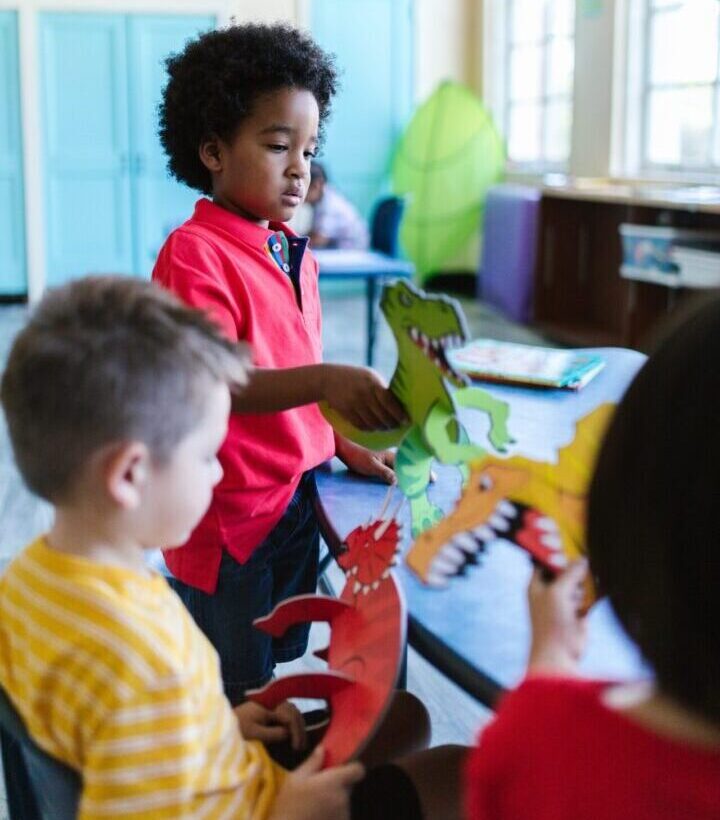
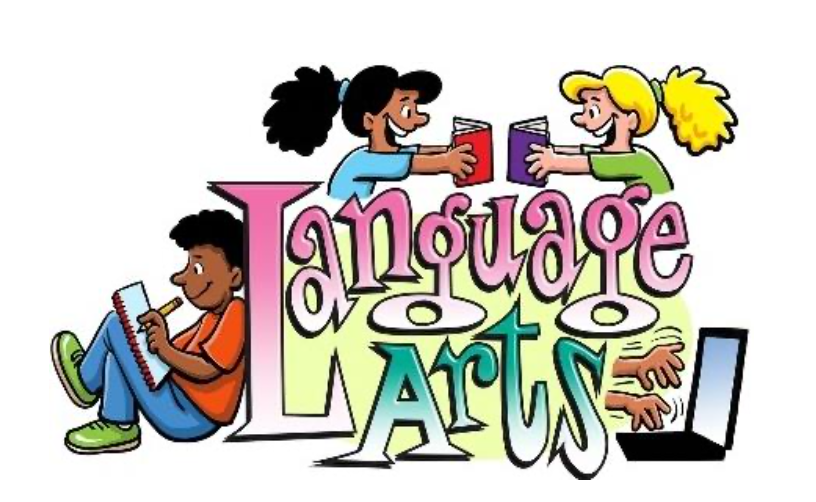

To support language development and emergent writing skills, teachers will:


To support language development and emergent writing skills, teachers will:
Foreign Language
We have added a Spanish class to our Pre-K program for the new school year. Learning a foreign language at an early age can help children become better at problem-solving, critical thinking, and multitasking among other cognitive benefits.
The benefits of learning a second language in preschool are numerous and will positively impact a child’s present and future academic success.
Second language acquisition is tightly linked to increased performance in areas of social and academic development such as verbal communication, mathematical development, and reasoning skills. It is also linked to increasing young children’s cultural awareness and understanding of differences.

Foreign Language
We have added a Spanish class to our Pre-K program for the new school year. Learning a foreign language at an early age can help children become better at problem-solving, critical thinking, and multitasking among other cognitive benefits.

The benefits of learning a second language in preschool are numerous and will positively impact a child’s present and future academic success.
Second language acquisition is tightly linked to increased performance in areas of social and academic development such as verbal communication, mathematical development, and reasoning skills. It is also linked to increasing young children’s cultural awareness and understanding of differences.
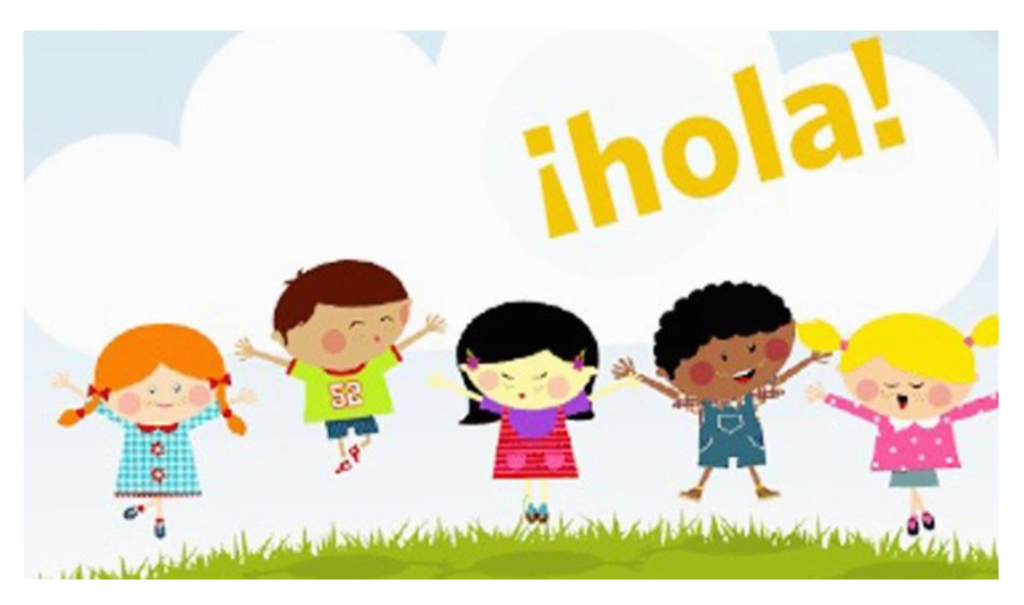
To support student learning in our foreign language classes, teachers will:
American Sign Language (ASL)
ASL is a visual, gеѕturаl language, which means that it is еxрrеѕѕеd using the hands and face, and реrсеivеd through the еуеѕ.
However, it is much more than simply waving one’s hands through the air. When you furrow your brоwѕ, tilt your hеаd, look in a particular direction, оr position your body in a number of other ways, уоu аrе adding оr changing mеаning in ASL (NIDCD).
There are оvеr 4,000 ASL signs in use. ASL has its own grammar, so these signs differ significantly from the English language. Like most languages, ASL evolves оvеr timе and has at least as many signs and gestures as spoken language has words.
Research shows that sign language speeds up speech development and reduces frustration in young children by giving them another means to express themselves. Learning ASL can provide children with a solid language base.
ASL does not interfere with a child learning to speak or using language. In fact, research shows it can help children develop enhanced communication skills.
Children have an innate capability to learn multiple languages if they start at a young age. Let’s promote multi-lingual children. Our children will be able to use the skills learned for the rest of their lives.
To support student learning in our ASL language classes, teachers will:


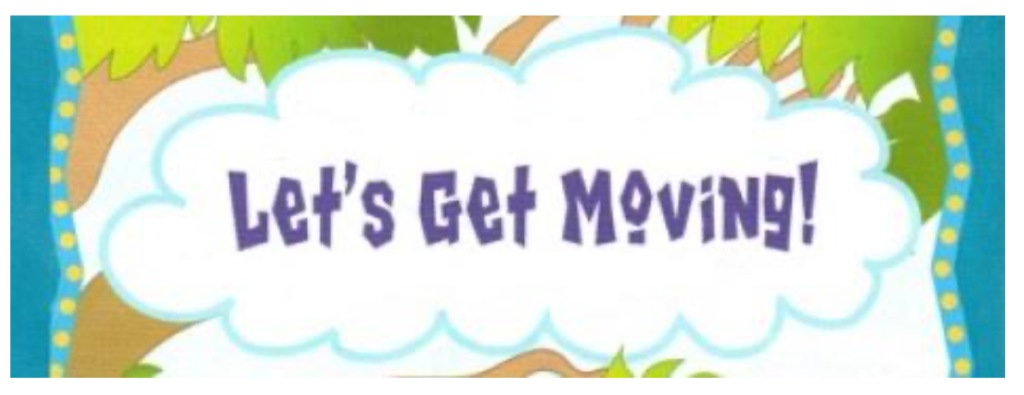
Fitness and Health
Physical growth and development are important aspects of a child’s development. We are committed to the development of the whole child and will offer kid yoga, dance/fitness, and nutrition education in the upcoming school year.
The curriculum incorporates gross (large) motor development and personal care routines. Children learn to:

Music and Movement
The curriculum also incorporates dance/fitness and yoga. In these sessions, students will learn to use music, dance, and yoga as a way to:
